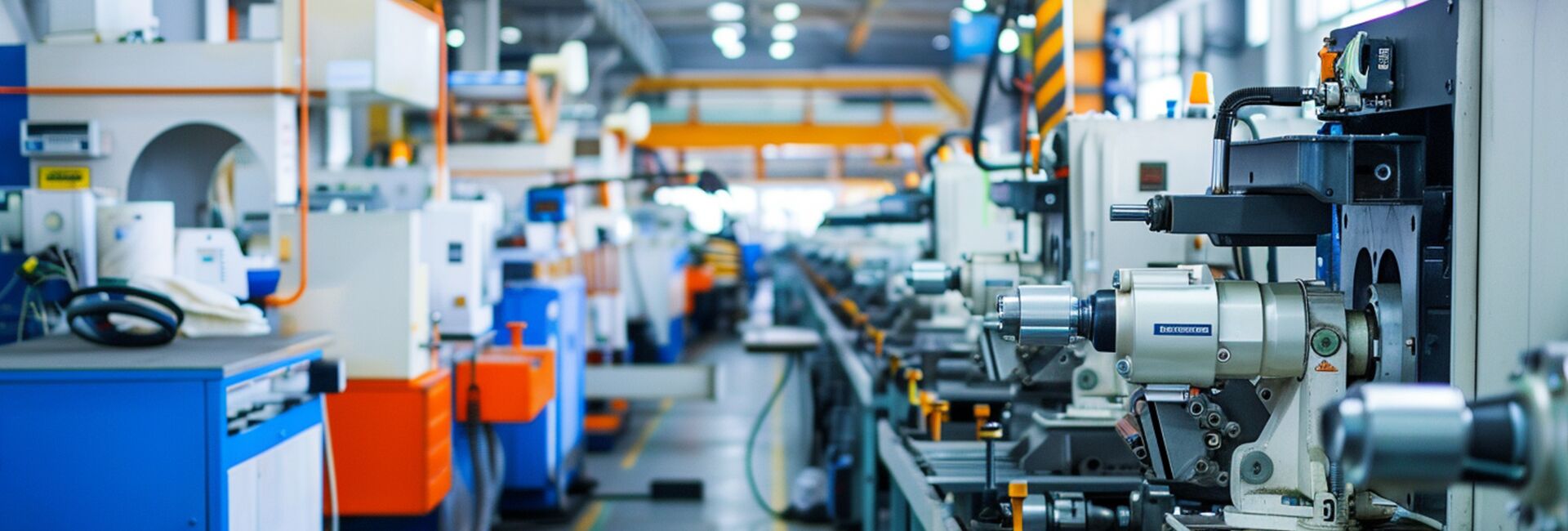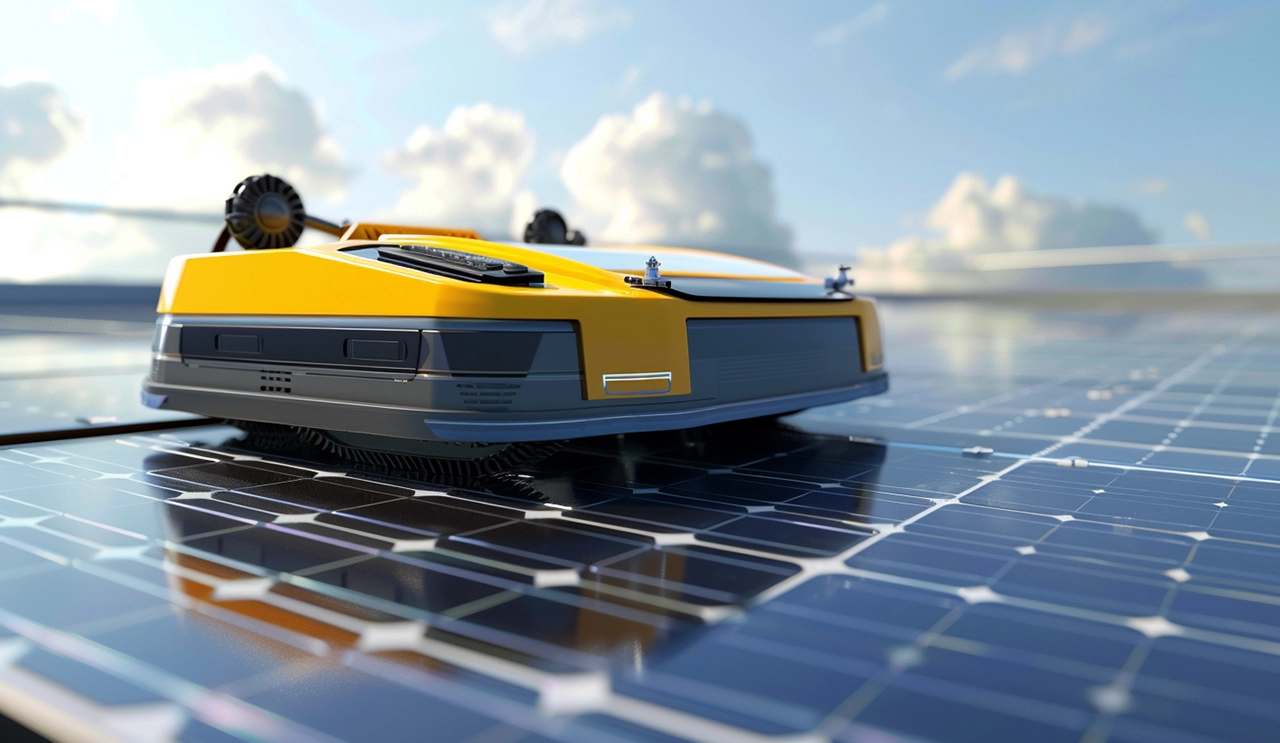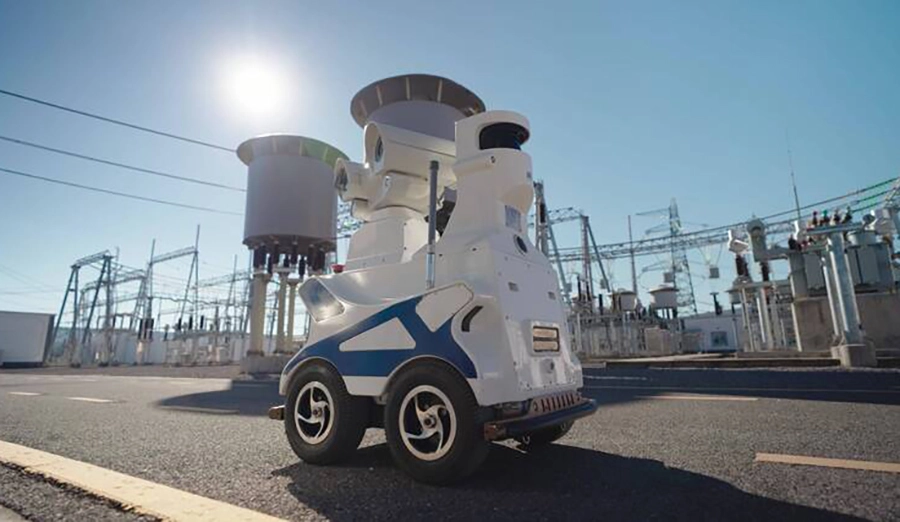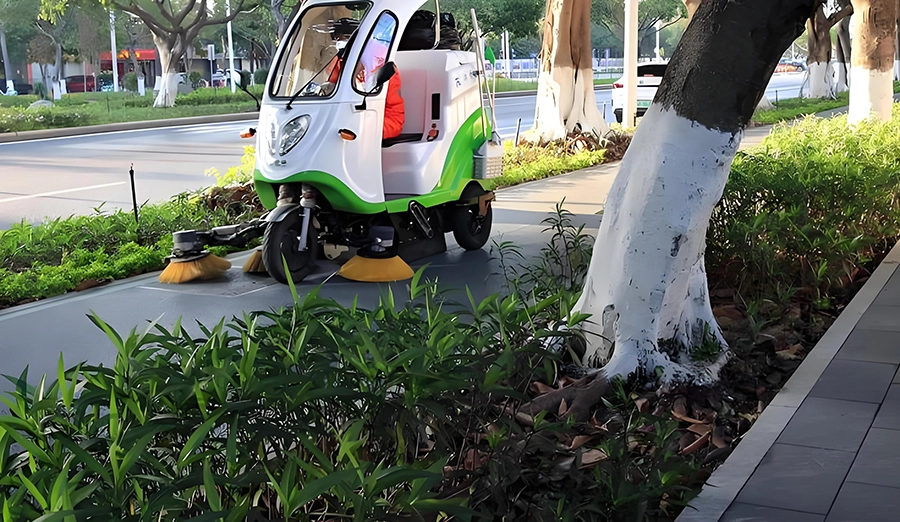
WIRELESS CHARGING IN THE NEWS
In the pursuit of complete unmanned operation and continuous operation in smart factories, the "energy anxiety" of AGVs/AMRs (Automated Guided Vehicles/Autonomous Mobile robots) is a key barrier hindering the leap in efficiency. As the limitations of contact charging become increasingly prominent, magnetic resonance wireless charging technology, with its unique advantages, is emerging as a cutting-edge tool to solve this problem, bringing unprecedented "penetration" and "freedom" to AGVs/AMRs.
Beyond Induction: The Technical Essence of magnetic resonance
There are two common technical routes for non-contact charging: electromagnetic induction and magnetic resonance. Electromagnetic induction technology is mature, but it requires precise and close-range (usually <10mm) coil alignment, and the energy transmission efficiency is extremely sensitive to the relative position and offset Angle of the coils. Magnetic resonance wireless charging has achieved a qualitative leap.
The core principle is: By the coils at the receiving and transmitting ends resonating with the same high-frequency electromagnetic field (usually in the MHz band), a strongly coupled electromagnetic field "tunnel" is formed, achieving efficient energy transmission over medium and long distances (up to tens of centimeters) and without precise alignment. In layman's terms, the coils at the transmitting end and the receiving end are like a pair of "tuned tuning forks", which can efficiently transfer energy through "resonance" even if they are slightly far apart or there is a slight obstruction.
The unique advantages of empowering AGV/AMR:
1. Extraordinary spatial freedom:
Large gap transmission: The most notable advantage. The charging distance has been significantly increased (typically 10-20cm or even higher in industrial applications), which means that thicker protective covers, sensors or other structures can be easily placed under the AGV/AMR vehicle body without worrying about the coils touching the chassis. Even a sturdy protective panel (such as epoxy resin) can be laid above the equipment to completely isolate dust, moisture and even oil stains.
Tolerance for position offset: It has an extremely high tolerance for lateral and angular deviations of the coil. When the AGV enters the charging area, it does not need to stop precisely, allowing for a relatively large positioning error (such as ±10-20cm), and the charging process remains stable and efficient. This is crucial for dynamic docking or energy replenishment in complex paths.
Penetrating non-metallic barriers: Electromagnetic fields can penetrate non-metallic materials such as wood, plastic, cement, and ceramics to transmit energy. This enables the charging pad to be completely buried beneath the floor or embedded in a non-metallic bracket, keeping the working area clean and unobstructed.
2. High efficiency and low interference:
Although there is a natural loss caused by the increase in transmission distance, magnetic resonance technology itself can maintain a system efficiency comparable to that of high-end electromagnetic induction within the applicable distance and power range through precise frequency tuning and efficient power conversion circuits (such as Class E or Class D amplification) (usually the overall efficiency can be above 85%).
Thanks to the focused energy at the resonant point, there is less stray electromagnetic field, and the electromagnetic interference (EMI) to external electronic devices and human health is more controllable, which complies with industrial safety and electromagnetic compatibility (EMC) standards.
3. Single-to-multiple charging potential:
Theoretically and technically, a large transmitting end can simultaneously resonate and match multiple receiving ends (within an effective coupling area), providing a technical imagination space for future efficient multi-vehicle collaborative charging.
The value manifestation of AGV/AMR application scenarios:
Complex and harsh environments: such as foundry workshops (metal dust, high temperature), chemical plants (explosion-proof, corrosive), food and beverage/pharmaceutical (waterproof and dustproof IP69K, high cleanliness requirements). The penetration and tolerance of magnetic resonance enable the charging pad to be completely sealed and embedded in the ground, allowing AGVs to replenish energy without any exposed interfaces.
High-protection grade AGV: For heavy-duty AGVs that require thick armor protection or those operating in damp and dusty areas, the chassis coils can be completely wrapped in a thick shell without affecting the charging efficiency.
Dynamic logistics nodes: In temporary collection areas and beside short-stay workstations, fragmented charging can be achieved without precisely planned parking Spaces.
Future warehouse/factory design: Hidden charging points can be more flexibly deployed at channel nodes and beside workstations, forming an invisible "energy replenishment network".
Challenges and the Future
Magnetic resonance technology is more complex and its cost is relatively higher than that of basic induction technology. At the same time, it is more sensitive to the interference of large metal objects around (electromagnetic shielding design is required), and the power density and ultra-high power (such as 100kW+) transmission still need to be broken through. However, with technological advancement, large-scale application and standardization, magnetic resonance, with its unparalleled degree of freedom, has become the preferred solution for AGV/AMR wireless charging in high-demand scenarios, reshaping the energy supply model of automated logistics.







